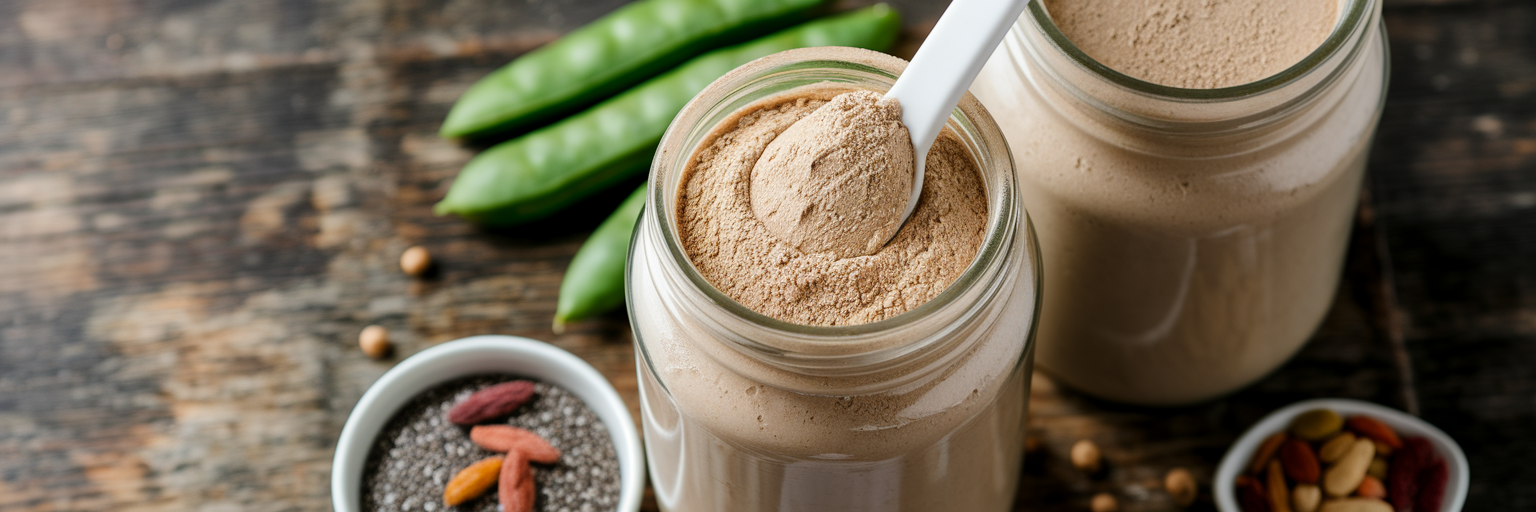Starting Your Plant-Based Protein Journey
The plant-based market in the United States has seen remarkable growth, filling shelves with an incredible variety of options. This abundance is an opportunity, not an obstacle. Yet, we have all felt that sense of being overwhelmed when faced with too many choices. Psychologists call this decision fatigue, and learning to manage it is the first step toward making a confident choice for your health. This comprehensive plant based protein powder guide is designed to give you a clear path forward.
Plant-based proteins offer distinct advantages, including easier digestion for many and a more sustainable footprint. But to truly benefit, you need to find the right fit. We will walk through the key factors that matter most: understanding the different protein sources, matching macronutrients to your fitness goals, considering flavor and texture, and balancing cost with quality. By the end, you will have the tools to select a protein powder that feels like it was made just for you. For more insights into plant-based nutrition, you can explore the articles on our blog.
Decoding the Most Common Plant Protein Sources
Before you can match a protein to your goals, it helps to understand the raw ingredients themselves. Each plant source offers a unique set of nutritional properties, and knowing the difference is fundamental to making an informed decision. Let's break down the most popular options.
Pea Protein: The Muscle-Building Powerhouse
Derived from yellow split peas, pea protein is a fan favorite for a reason. It contains all nine essential amino acids, making it a complete protein crucial for muscle repair and growth. As a Healthline report confirms, its high digestibility and rich amino acid profile make it incredibly versatile. Its neutral flavor also makes it an excellent base for delicious, smooth-tasting blends.
Rice Protein: The Hypoallergenic & Budget-Friendly Option
Made from brown rice, this protein is naturally gluten-free and hypoallergenic, making it a safe choice for those with sensitivities. While it is a solid protein source, it is slightly lower in the amino acid lysine. Because of this, you will often find it paired with pea protein to create a more robust and complete amino acid profile, ensuring your body gets everything it needs.
Hemp Protein: The Nutrient-Dense Wellness Booster
When considering pea protein vs hemp protein, the choice often comes down to your primary goal. Hemp is a nutritional powerhouse, packed with healthy omega-3 fatty acids, fiber, and minerals like iron and magnesium. This makes it an excellent choice for overall wellness. However, it has a distinct, earthy flavor and a slightly grittier texture that some people enjoy, while others prefer to mix it into smoothies with other strong flavors.
Protein Blends: The Best of All Worlds
Protein blends are formulated to deliver the best of multiple sources. By combining proteins like pea, rice, and sometimes others like pumpkin seed, manufacturers can create a product with a superior amino acid profile, improved taste, and a smoother texture. These blends, like our rich chocolate vegan protein, are designed to provide a complete and satisfying experience without compromise.
Matching Macronutrients to Your Fitness Ambitions

Now that you understand the building blocks, it is time to connect them to your personal ambitions. The nutrition label is your best friend here. Looking beyond the protein source to the full macronutrient breakdown—protein, carbohydrates, and fats—is how you find a powder that actively supports your specific goals.
For Muscle Gain
If your goal is to build strength and size, you need a powder designed for muscle protein synthesis. Look for a product that delivers 20 to 27 grams of protein per serving. This is the sweet spot for fueling recovery after a tough workout. Don't fear carbohydrates; a moderate amount helps replenish glycogen stores and supports the recovery process. This is the formula for finding the best vegan protein for muscle gain. To further support your efforts, consider how other supplements can complement your routine, as we discuss in our guide on creatine benefits.
For Weight Management
When seeking a vegan protein for weight management, the focus shifts. You still want a high protein content, around 20 to 25 grams, to promote satiety and help you feel full longer. This helps reduce cravings and preserve lean muscle mass while in a calorie deficit. The key here is to find a powder with low carbohydrates, minimal fat, and little to no added sugar. A clean, lean formula is your best ally.
For General Wellness
Not everyone is training for a competition. If you are simply looking to supplement your diet and boost your daily protein intake, a balanced profile is ideal. A serving with 15 to 20 grams of protein is often sufficient. You might also look for formulas with added benefits like fiber for digestive health or other micronutrients to support overall vitality.
| Fitness Goal | Ideal Protein per Serving | Carbohydrate & Sugar Focus | Primary Purpose |
|---|---|---|---|
| Muscle Gain | 20-27g | Moderate carbs, low sugar | Fuel workouts and support muscle protein synthesis |
| Weight Management | 20-25g | Low carbs, minimal to no added sugar | Promote satiety and preserve lean muscle in a calorie deficit |
| General Wellness | 15-20g | Variable, focus on fiber over sugar | Supplement daily nutrition and support overall health |
This table provides a simplified guide to help you select a vegan protein powder based on the macronutrient profile that best aligns with your primary health objective. Always check the nutrition label for precise values.
The Critical Role of Flavor and Mixability
Let's be honest: if you don't enjoy drinking your protein shake, you are not going to stick with it. Flavor and texture are not just preferences; they are critical to consistency. The old stereotype of plant proteins being chalky or gritty is largely a thing of the past. Modern processing techniques and the use of high-quality sources like pea protein have resulted in powders that mix smoothly and taste great.
You will generally find two options: unflavored and flavored. Unflavored powders are incredibly versatile, allowing you to add a protein boost to oatmeal, baked goods, or savory sauces without altering the taste. For some creative ideas, check out these 3 easy vegan protein recipes. Flavored options, on the other hand, offer convenience and are formulated to be delicious with just water or plant-based milk.
To get the best possible experience from your powder, here are a few simple tips:
- Use a shaker bottle with a whisk ball for a quick, clump-free mix.
- For the smoothest consistency, use a blender, especially for denser powders like hemp.
- Mix with a creamy plant-based milk like almond, soy, or oat milk instead of water.
- Let the shake sit for a minute after mixing to allow the powder to fully dissolve.
Understanding Price, Quality, and Certifications

When you see a higher price tag on a vegan protein powder, it is often for good reason. Premium products are typically justified by factors that ensure purity and efficacy. This can include using certified organic ingredients, sustainable sourcing practices, and third-party testing for heavy metals and other contaminants. As Verywellfit highlights, this independent verification is a key differentiator for quality in the supplement world.
Budget-friendly options can still be effective for hitting your protein goals, but they may use simpler formulas or lack these important certifications. The choice ultimately depends on your personal values and budget. Regardless of price, we believe you should always check the ingredient list. A high-quality product will have a short, clean list without unnecessary fillers, gums, or artificial sweeteners. Your protein powder should be about pure nutrition, not additives. Once you know what to look for, you can confidently browse our collection of premium products.
Putting It All Together to Find Your Perfect Match
Choosing the right vegan protein powder does not have to be complicated. By breaking it down into a few simple steps, you can move from feeling overwhelmed to feeling empowered. The best powder is always the one that aligns with your body, your goals, and your values. This final checklist on how to choose vegan protein powder will help you make a confident decision.
- Identify your primary goal: muscle gain, weight management, or general wellness.
- Choose a protein source (pea, rice, hemp, or a blend) whose benefits align with your needs.
- Analyze the macronutrient label to ensure it matches your goal.
- Consider your preferences for flavor and texture, and select a product that fits your budget and quality standards.
Remember that experimentation is part of the process. Your commitment to your health is what truly matters, and making an informed choice is a powerful step on your wellness journey. If you have any more questions, our frequently asked questions page is a great resource.



